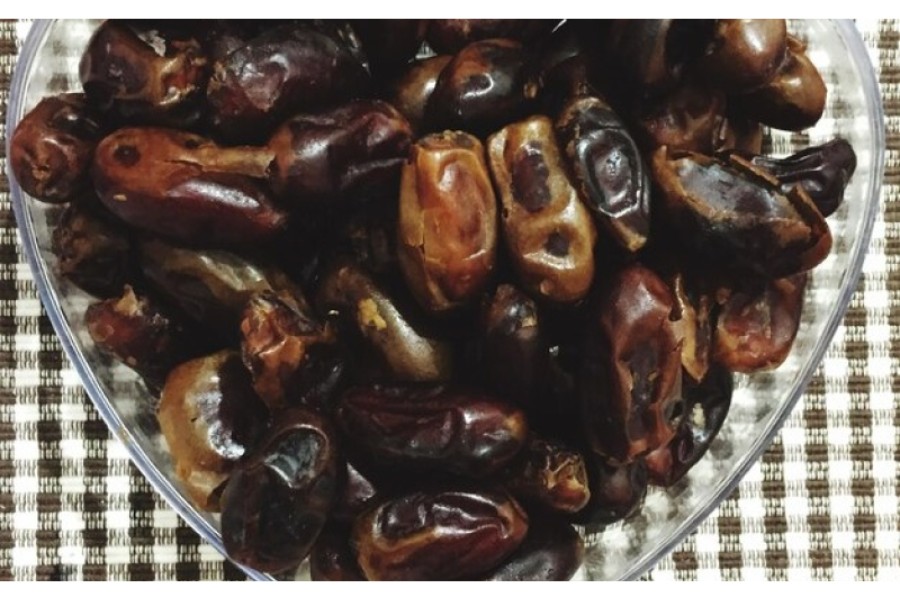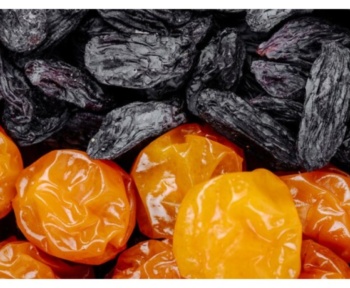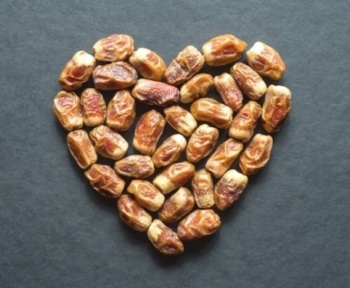Introduction
Dates are those delicious little fruits that pop up in all sorts of snacks and desserts, but when you think of dates, you probably picture the dried ones, right? They’re sweet, chewy, and perfect for snacking. But have you ever wondered what dates are like before they’re dried? Are they just as sweet? Are they different in texture? In this post, we’ll dive into what dates are like when they’re fresh, how they ripen, and how they become the dried treat we love. By the end, you’ll know everything you need to understand fresh dates and maybe even try them out yourself.
What Are Dates?
Dates come from the date palm tree, which grows best in hot climates. If you’ve ever seen one, you know they’re pretty iconic—tall, with long, spiky leaves and clusters of dates hanging down like they’re ready for harvest. You can find these trees growing in places like the Middle East, North Africa, and even parts of California. Still, they’re most closely associated with desert regions.
Before they become that familiar dried fruit, dates start as small, green fruits that grow on the tree, but over time, they change color, texture, and flavor. Fresh dates are soft, juicy, and full of sweetness. But they go through a few stages on the tree before they’re ready to eat, and that’s what makes them so interesting.
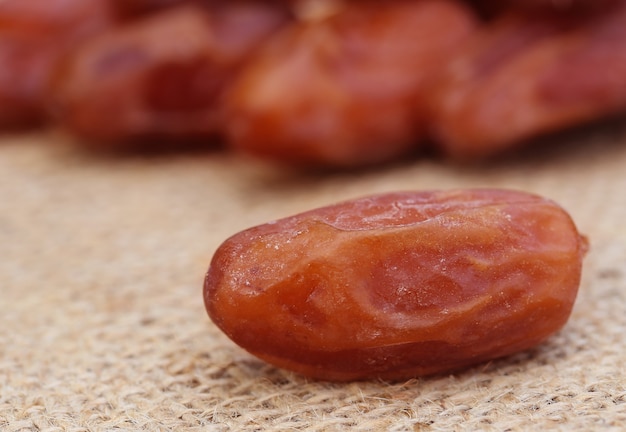
The Stages of Dates Before Drying
Dates don’t just ripen overnight. It’s a slow, careful process, and each stage is essential in developing the flavor and texture. Here’s a look at the journey:
Growing Phase
At first, dates are tiny and green. They’re not sweet or soft at all. At this stage, they’re still developing, so they don’t have much flavor.
Maturation Phase
Dates ripen through four key stages:
- Kimri: Dates are green and rugged. It’s definitely not sweet yet.
- Khalal: The dates begin turning yellow or red and softening. At this stage, the sweetness kicks in.
- Rutab: Now they’re soft, golden, and very sweet. This is the stage when dates are often eaten fresh.
- Tamar: The final stage of ripeness. At this point, they’re entirely brown, soft, and incredibly sweet, with a syrupy texture.
Dates are usually harvested when they’re in the Rutab or Tamar stages, depending on whether they’ll be dried or eaten fresh.
Fresh Dates vs. Dried Dates
It’s easy to think that fresh dates and dried dates are the same thing, just in different forms, but they’re actually pretty different. Here’s how:
Taste and Texture
Fresh dates are soft, juicy, and lighter in sweetness than dried ones. They have a fresh, almost refreshing flavor—imagine the taste of nature’s candy. Dried dates, on the other hand, are firmer, chewier, and more intensely sweet. When dates dry, most of their moisture evaporates, concentrating the sugars and giving them their chewy, dense texture.
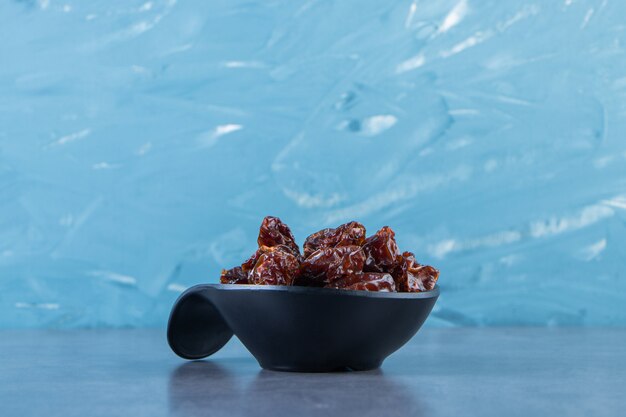
Nutritional Differences
While both fresh and dried dates are full of nutrients, the drying process changes their nutritional profile a little. Here’s a quick comparison:
- Calories: Fresh and dried dates have about the exact calorie count, around 277 calories per 100g. No surprise there—they’re both high in natural sugars.
- Carbohydrates: Both forms are packed with carbs—about 75g per 100g.
- Fiber: Fresh dates have around 7g of fiber, which is excellent for digestion.
- Potassium: Fresh dates offer about 696mg of potassium per 100g, which is fantastic for heart health.
Dried dates are a bit more calorie-dense because all that moisture is gone. That said, both fresh and dried dates are excellent sources of energy and nutrients.
Health Benefits of Fresh Dates
Fresh dates are packed with health benefits. They’re rich in fiber, which helps your digestive system work smoothly. Potassium, which is essential for heart health, is also in abundance. But that’s not all—fresh dates are full of antioxidants, which help protect your body from oxidative stress. Whether you eat them on their own or mix them into your meals, fresh dates are a great addition to a healthy diet.
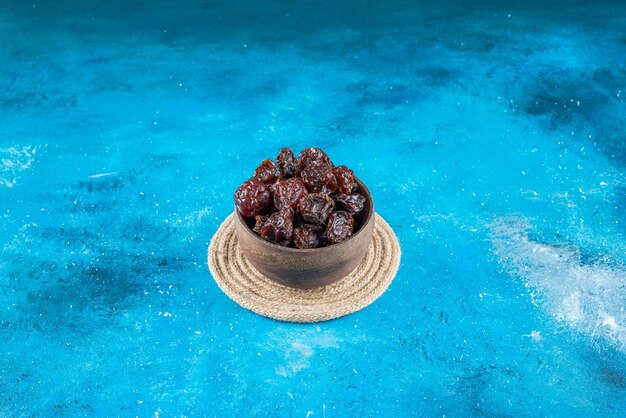
Table 1: Nutritional Comparison: Fresh vs. Dried Dates

Varieties of Dates Before They Are Dried
Just like any fruit, dates come in different varieties, and each type has its flavor and texture. Here are a few popular ones you might come across:
- Medjool: These are the significant, juicy dates that are rich and sweet. Often called the “king” of dates, they’re super soft and perfect for snacking.
- Deglet Noor: Smaller and firmer than Medjool, these dates have a mild, nutty sweetness.
- Barhi: These dates are golden and juicy, with a honey-like sweetness that’s hard to beat.
- Khadrawy: Smaller and chewier, these dates are deliciously sweet with a rich flavor.
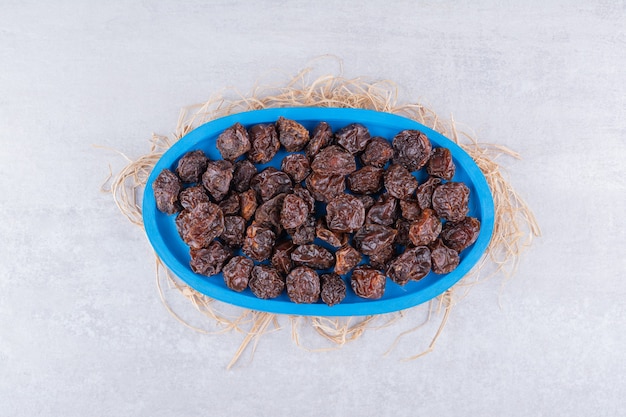
Table 2: Popular Date Varieties

The Drying Process: How Dates Change
Here’s where the magic happens. The drying process changes fresh dates into the chewy, dense fruit we’re used to seeing. Whether they’re sun-dried, oven-dried, or machine-dried, the drying process takes out moisture, leaving behind that intense sweetness and chewy texture.
Sun drying is the oldest method. Dates are left to dry in the sun, letting them naturally dehydrate. It’s slow, but it works. Oven drying speeds things up a bit, while mechanical drying is more commonly used for large-scale production. Each method leaves the dates with their distinct flavor and texture.
How to Use Fresh Dates Before Drying Them
Fresh dates are incredibly versatile. Here are a few ways you can use them in your kitchen:
- Smoothies: Toss them into a blender for some natural sweetness and texture.
- Salads: Chop them up and add them to salads for a sweet kick.
- Desserts: Use fresh dates in homemade energy bars, cakes, or raw candies.
Fresh dates are also great on their own, just as a snack or a quick energy booster.
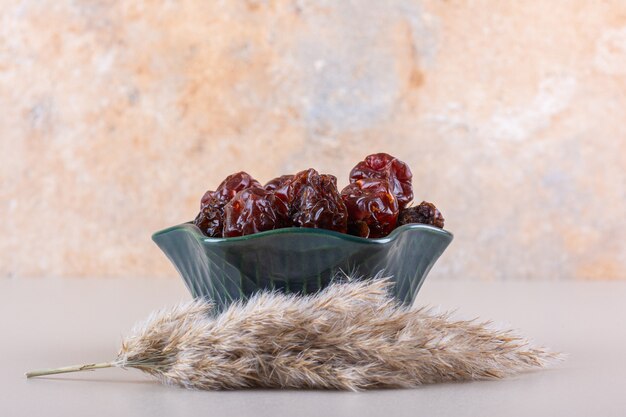
Benefits of Eating Fresh Dates
Let’s talk about the benefits. Fresh dates are packed with fiber, potassium, and antioxidants—perfect for supporting digestion, keeping your heart healthy, and protecting your body from damage. Plus, they’re a natural energy source, which makes them an excellent snack when you’re feeling sluggish.
Interview with Date Expert:
“Fresh Dates Are the Hidden Gem of the Fruit World” – Sarah Thompson, Nutritionist and Food Enthusiast
Trending Topics About Dates
Fresh dates are making a comeback in the culinary world, especially in health-conscious circles. As people look for natural, nutrient-dense snacks, fresh dates are becoming more popular in salads, smoothies, and desserts. There’s even a growing trend of pairing dates with nuts and cheese for a fancy appetizer!
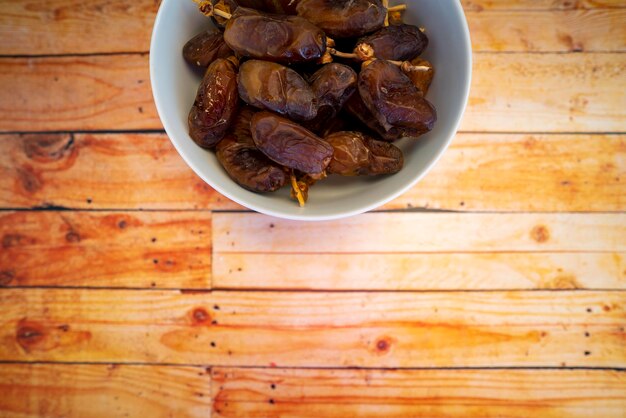
Conclusion
So, what are the dates before they’re dried? They’re fresh, juicy, and packed with flavor! Whether you eat them as a snack, add them to your favorite dish, or try them because you’re curious, fresh dates are worth exploring. Next time you spot some fresh dates at the store, grab a bunch and enjoy the delicious, sweet, and healthy treat straight from nature.
Table 3: Fresh Dates Storage

FAQs
Fresh dates are typically plump and have smooth, glossy skin. Depending on the variety, they can range from green to yellow or even red.
Absolutely! Fresh dates are delicious as a snack right off the tree.
Fresh dates are soft, juicy, and plump. Dried dates are more minor, firmer, and wrinkled.
Both are great for you, but fresh dates contain more water and fewer calories. Dried dates are still packed with nutrients, just more concentrated.
Fresh dates can be kept in the fridge for up to a week. They can also be frozen to keep for longer.
Fresh dates are a great source of essential nutrients, including fiber, potassium, and antioxidants. They promote digestive health, boost energy, and help maintain heart health. Fresh dates are also rich in vitamins and minerals, making them an excellent addition to a balanced diet.
Fresh dates are typically soft, plump, and juicy with smooth skin. Depending on the variety, they can range from yellow to red or golden in color. Dried dates, on the other hand, are smaller, wrinkled, and firm, with a chewy texture.
Yes! Fresh dates are perfectly safe to eat right off the tree when they’re ripe. They have a sweet, juicy flavor and are delicious as a snack or added to various dishes like smoothies, salads, or desserts.
Medjool dates are larger, softer, and more caramel-like in flavor than other varieties like Deglet Noor or Barhi. Due to their size and rich taste, they are often considered the “king” of dates, making them ideal for snacking and desserts.
Fresh dates are available at many grocery stores, health food stores, and Middle Eastern markets. In the UK and USA, you can find them at supermarket chains, or you might also check specialty stores or online retailers that focus on Middle Eastern or Mediterranean foods.


